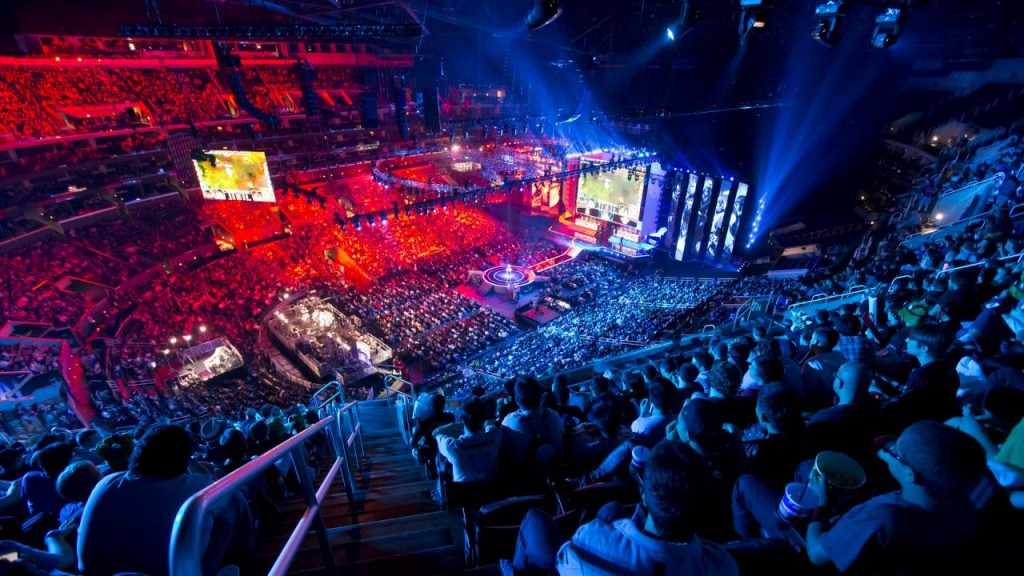Gaming
What is Gaming Addiction?
Gaming addictions are not formally defined by American psychologists, but any classification would likely center around compulsive gaming to the detriment of normal functions, such as loss of sleep, sociability, etc, and usage time in excess. The patient should also express a desire to reduce the amount of time spent gaming, but has found it difficult to do so. It is important to develop determinate criteria that does not misdiagnose normal individuals.

The latest diagnostic manual of the United States, the DSM-5, includes an exploratory section on Internet Gaming Disorder. The American Psychological Association is concerned with the level of intense preoccupation some individuals have with internet games, and wish to determine through further research whether it should be included as an official psychiatric diagnosis.
These “obsessed” gamers play in a compulsive manner, often ignoring or delaying fulfillment of their basic needs. Other interests fall by the wayside, and the sheer amount of time invested in the virtual world often means that academic or job-related functioning is impaired. They reportedly suffer withdrawal symptoms when pulled away from gaming.
The majority of research literature regarding this condition originates from Asian countries, and subjects are predominantly young males. These studies suggest that gaming affects these subjects’ dopamine pathways in a manner similar to illicit drugs, prompting a feeling of pleasure and reward. A large amount of exposure, it is theorized, then leads to potentially addictive behavior.
Potential North American correlates could include “freemium” mobile games, such as Candy Crush, Clash of Clans, etc. Such games are designed in a manner to reinforce the investiture of real money through rewarding addictive behavior.
